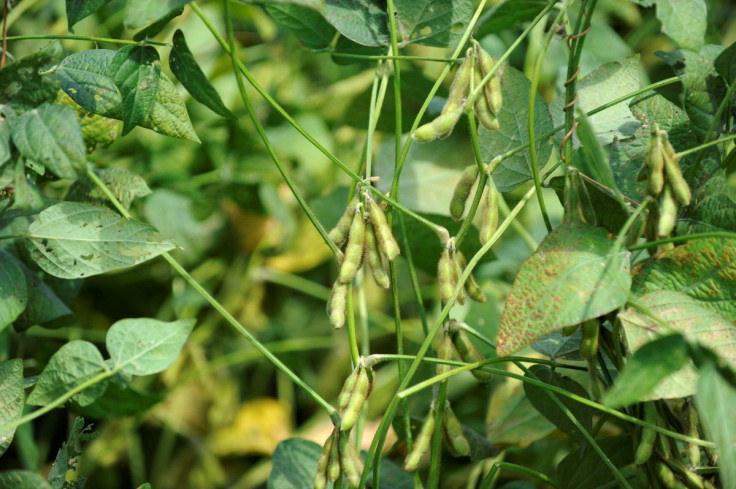Why Discovery Of A New Parasitic Wasp Species Could Actually Be Good News [Photo]
KEY POINTS
- Parasitoid insects are actually important for biological pest control
- Researchers searching for such insects came across a new-to-science wasp
- It could be the natural enemy of the devastating soybean gall midge
Researchers discovered a new parasitic wasp species, and it could actually mean good news for the soybean farmers in Minnesota.
It was a rather interesting discovery because the researchers were deliberately looking for such parasitoids, or the insects that lay eggs in or on inside another insect (its host), according to the University of Minnesota Twin Cities (UMTC).
The idea was to look for a weapon against the soybean gall midge (Resselliella maxima) — a new pest that has been wreaking havoc on Midwestern crops since 2018.
Adult female midges lay their eggs within the fissures of the plant and the larvae feed within the stem. This leads to "necrotic lesions that can cause lodged, wilted, and dead plants," researchers explained in their paper, which was published in the Journal of Hymenoptera Research.
"Efforts to reduce R. maxima injury to soybeans have focused primarily on chemical control, but have so far provided insufficient protection of soybean plants," they wrote.
And as unnerving as parasitoid insects' ways maybe since they eventually end up killing their host, they are actually important for biological pest control — the technique of using the pest's natural enemies against them.
In their search for parasitic insects, the researchers collected infested soybean plants from a farm in Minnesota to see which insects would emerge from them. And apart from the soybean gall midges, one of the insects that emerged was a wasp species that turned out to be new to science.
The team then described the new species, giving it the name Synopeas maximum. The "maximum" in its name refers to its association with the R. maxima and soybean plants (Glycine max).
Introducing Synopeas maximum, a #NewSpecies of #parasitoid and a potential #biocontrol agent of the soybean #GallMidge. So cool to work on this with @UMN_Entomology researchers Gloria Melotto, Robert L. Koch and @Amelia_Lindsey! #WaspWednesday https://t.co/xgf3F5DCBB pic.twitter.com/8vq3Tyjf3g
— Jessica Awad (@parasitoidrex) May 3, 2023
"Unidentified and undescribed parasitoid micro-wasps are all around us," Jessica Awad of the State Museum of Natural History Stuttgart, one of the study authors, said in a news release. "Although they are tiny, they play a huge role in regulating the populations of other insects, including pests."
The new species could be the natural enemy that could stave off the devastating impacts of soybean gall midge. Further study could uncover S. maximum's potential as a biological control agent for the pest, the researchers said.
"Effective management of soybean gall midge has proven challenging," said one of the study authors, Robert Koch of the University of Minnesota. "Identification of a new species of parasitic wasp attacking this pest is an exciting breakthrough."

© Copyright IBTimes 2024. All rights reserved.






















